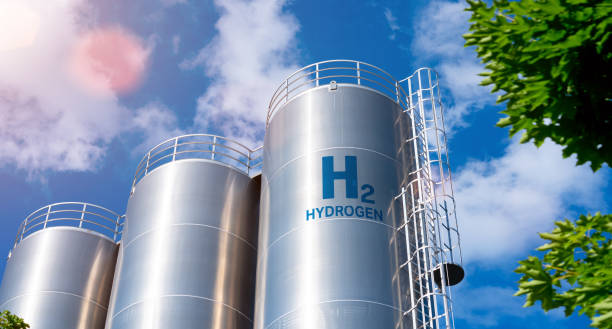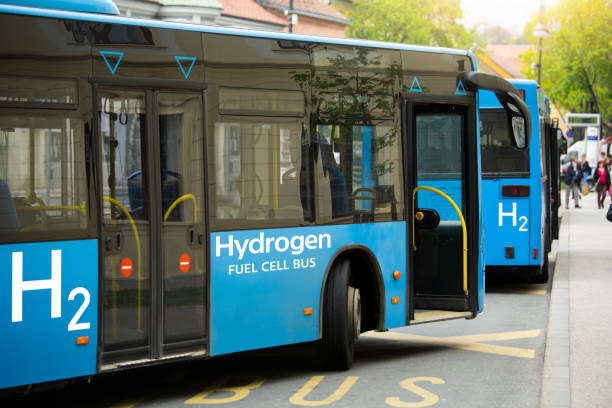Lessons Learned
Corner
Your Portal to Safety Insights: Welcome to the New Lessons Learned Corner

Key themes from the H2Incidents database will be presented here and several safety event records will be highlighted to illustrate the relevant lessons learned. Please let us know what you think and what themes you would like to see highlighted in this safety knowledge corner in the future.
Past themes include:









We are the leaders in the building industries and factories. We're word wide. We never give up on the challenges.
